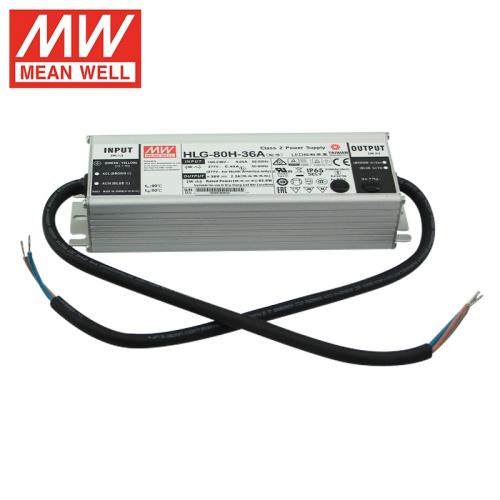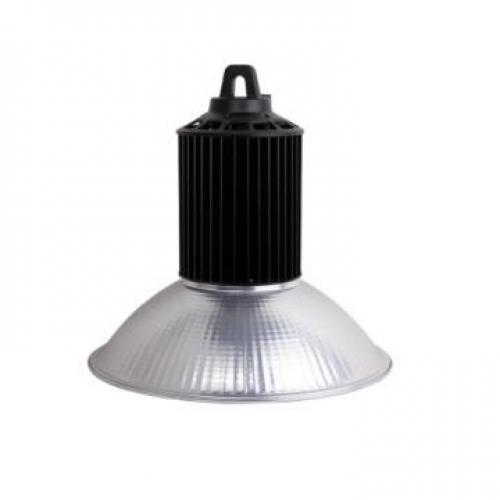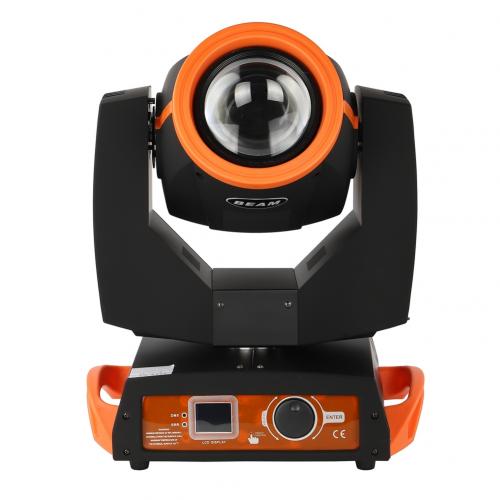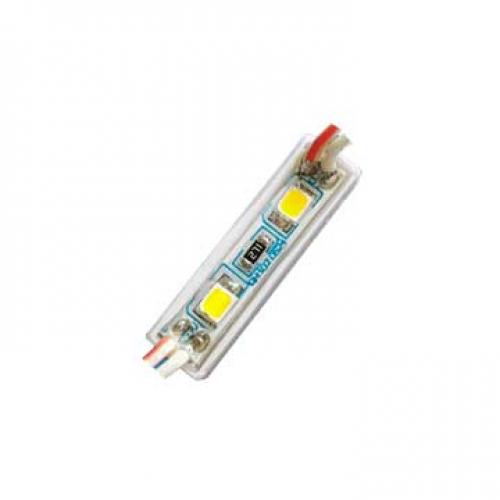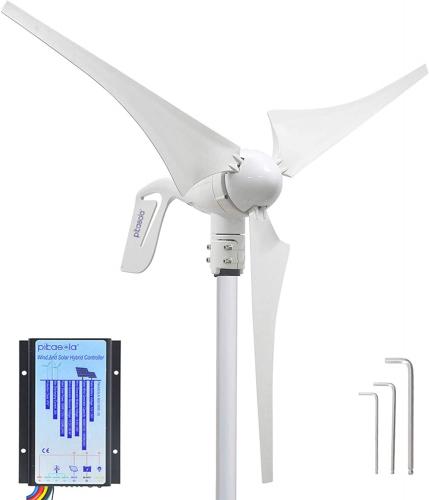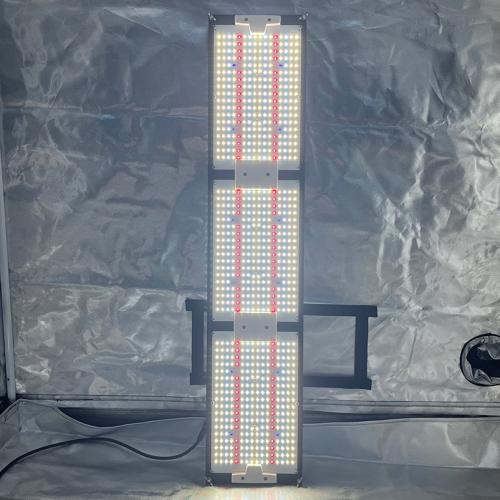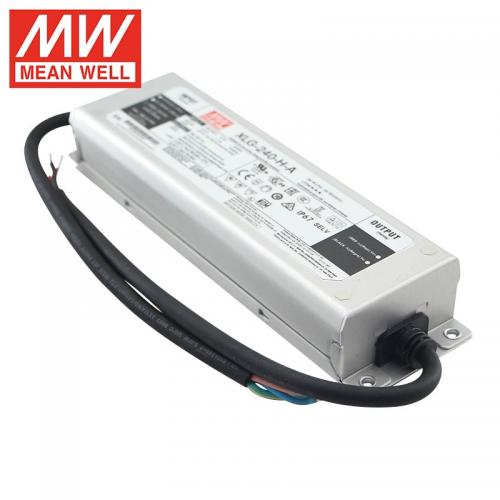Will 6000 watts run a house?
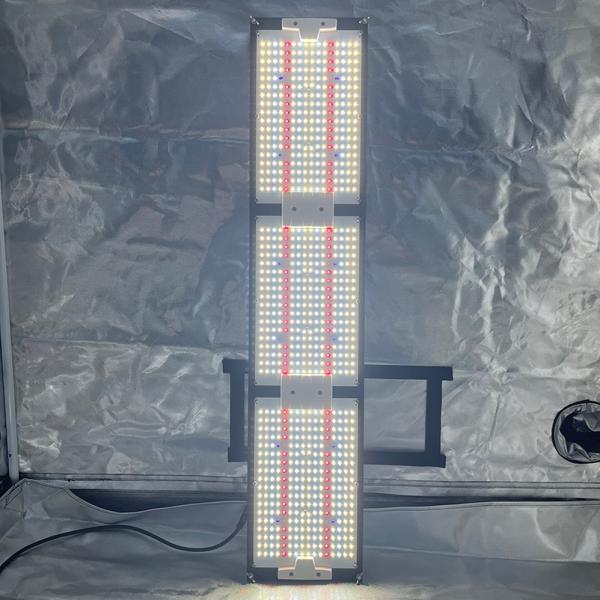
When considering the question, "Will 6000 watts run a house?" it's essential to understand the intricacies of power consumption and how it relates to household energy needs. The answer isn't straightforward, as it depends on various factors, including the size of the house, the number and types of appliances, and the lifestyle of the inhabitants. In this article, we will delve into the concept of wattage, energy consumption, and how a 6000-watt power source can be utilized to run a household efficiently.
Understanding Wattage and Energy Consumption
Wattage is a measure of electrical power expressed in watts (W), and it indicates the rate at which energy is used or produced. In the context of household energy consumption, wattage refers to the power needed to operate various appliances and systems within the home. The total wattage required to run a house depends on the aggregate power consumption of all devices and systems in use.
To determine whether 6000 watts is sufficient to run a house, one must first understand the typical energy requirements of common household appliances. For instance, refrigerators, washing machines, air conditioning units, and heating systems are among the largest consumers of electricity in a home. On average, a refrigerator may consume around 100-800 watts, a washing machine about 500-1500 watts, an air conditioning unit approximately 1000-5000 watts, and heating systems vary widely depending on the type and size.
Calculating Total Household Energy Needs
To assess whether 6000 watts can power a house, it's crucial to calculate the total energy needs based on the appliances and systems in use. Here is a simplified approach to estimate this:
-
List Essential Appliances: Identify the essential appliances and systems that need to be powered continuously, such as refrigerators, lights, and heating or cooling systems.
-
Calculate Individual Wattage: Determine the wattage of each appliance. This information is usually available on the appliance's label or in the user manual.
-
Sum Total Wattage: Add up the wattage of all essential appliances to get a total estimate of the household's power needs.
-
Consider Usage Patterns: Factor in usage patterns, such as peak times when multiple appliances are used simultaneously, which may increase the total wattage requirement.
Practical Application of 6000 Watts
In practice, a 6000-watt power source may be sufficient for a small to medium-sized home, particularly if energy-efficient appliances are used and careful management of power usage is implemented. Here are some strategies to optimize the use of a 6000-watt power source:
-
Prioritize Essential Appliances: Focus on powering essential appliances and systems that are crucial for daily living. Non-essential devices can be used sparingly or during off-peak times.
-
Energy-Efficient Appliances: Invest in energy-efficient appliances that consume less power. Look for devices with Energy Star ratings, as they are designed to be more energy-efficient.
-
Smart Energy Management: Implement smart energy management solutions, such as programmable thermostats and timers, to control when and how appliances are used.
-
Alternative Energy Sources: Consider supplementing the 6000-watt power source with alternative energy solutions, such as solar panels or wind turbines, to provide additional power and reduce reliance on the main power source.
Challenges and Considerations
While 6000 watts may be adequate for some homes, there are challenges and considerations to keep in mind:
-
Power Surges: High-demand appliances, such as air conditioners and electric heaters, may cause power surges that exceed the 6000-watt limit, leading to interruptions or damage to the power system.
-
Expansion Needs: As household needs grow, the demand for electricity may increase, necessitating additional power capacity.
-
Backup Power: In case of outages or unexpected demand spikes, having a backup power source, such as a generator, can ensure continuous power supply.
Conclusion
In summary, whether 6000 watts can run a house depends on various factors, including the size of the home, the efficiency of appliances, and the energy management strategies employed. By prioritizing essential appliances, investing in energy-efficient solutions, and considering alternative energy sources, homeowners can make the most of a 6000-watt power source. However, careful planning and consideration of future energy needs are crucial to ensure that the household remains well-powered and energy-efficient.

 Afrikaans
Afrikaans Čeština
Čeština Dansk
Dansk Deutsch
Deutsch Español
Español Francais
Francais Italiano
Italiano Magyar
Magyar Nederlands
Nederlands Norsk
Norsk Polski
Polski Português
Português Română
Română Slovák
Slovák Suomi
Suomi Svenska
Svenska Tiếng Việt
Tiếng Việt Türk dili
Türk dili Ελλάδα
Ελλάδα Русский
Русский اللغة العربية
اللغة العربية แบบไทย
แบบไทย 中文繁體
中文繁體 日本語
日本語 한국인
한국인
